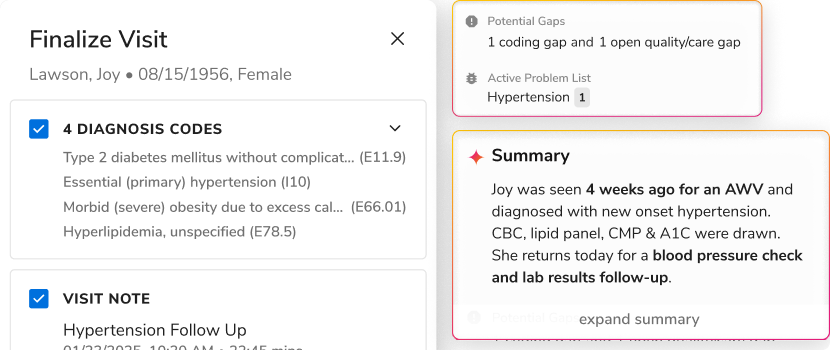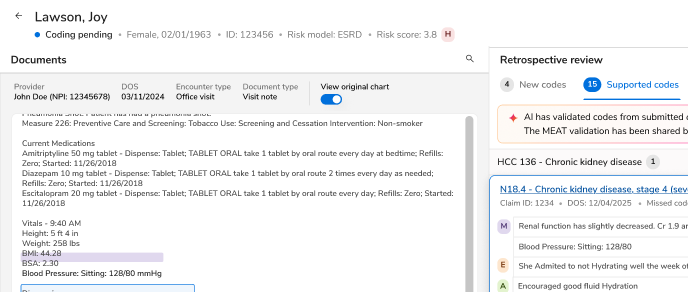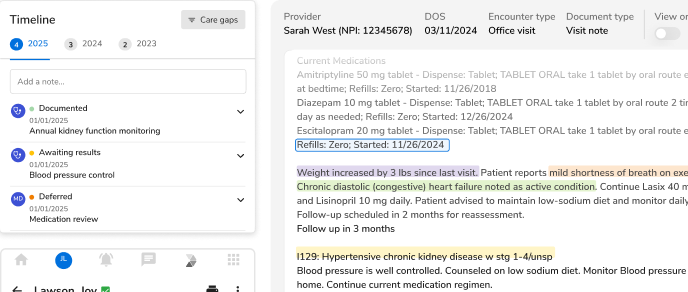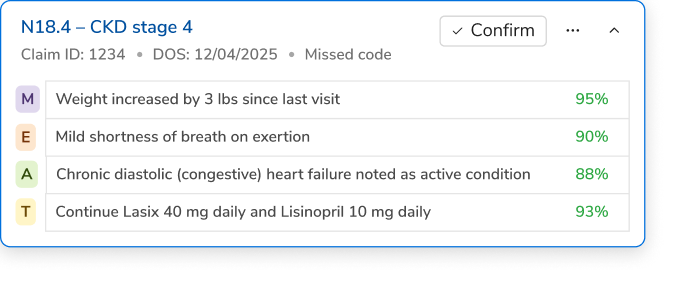The Value-Based Care Transformation: Why Now Is the Right Time to Build for the Future


After years of incremental progress, value-based care (VBC) continues its steady evolution. Recent joint research by Innovaccer and NAACOS highlights a maturing market, one that is undoubtedly gaining traction. The message for healthcare organizations is clear: it's not too late to get started, and for those already participating, now is the time to double down on infrastructure and capabilities.
Beyond the Numbers: Momentum Is Building
While 30% of companies report that 25% or more of their revenue comes from value-based contracts, a deeper insight lies in the trendline, more than 60% have grown their involvement in VBC programs. This reflects a quiet but undeniable shift. The move toward value isn't sudden or explosive, but rather methodical, driven by pragmatic investments, regulatory nudges, and evolving clinical models.
In my experience, organizations that succeed in VBC do so through steady, strategic transformation. They invest across organizational culture, data infrastructure, and clinical workflows, building a durable foundation that aligns with where the market is heading.
Infrastructure Still Drives Success
Our research reinforces a central truth: high-performing VBC organizations are those that invest in integrated data platforms, connecting clinical, financial, and operational data. Half are investing in analytics and AI, nearly half in care management technology, and a third in patient engagement solutions. These investments reflect not trend-chasing, but a commitment to building capabilities for proactive, coordinated care.
This isn’t just about keeping up, it’s about getting ahead. Because when markets begin to shift meaningfully, they often move faster than expected. Early infrastructure investments create the agility to respond to acceleration when it happens.
The AI Advantage: Laying Groundwork for Scaled Impact
Seventy percent of respondents express optimism about AI's potential in VBC—especially in clinical decision support, quality gap closure, and contextualizing patient needs. Even more compelling: 69% expect AI to reduce physician burnout through smarter clinical documentation.
These aren’t future promises, they’re practical, current-state tools that remove friction from VBC delivery and improve contract performance. The organizations investing in AI today are positioning themselves to scale impact tomorrow.
Reframing Barriers as Buildable Challenges
Yes, familiar barriers remain: financial risk, provider readiness, and data interoperability. But the most successful organizations aren’t waiting for these barriers to vanish, they’re investing in capabilities that make them manageable. Predictive analytics mitigates financial exposure. Improved workflows reduce physician resistance. Integrated data environments break down silos.
This “build while you move” mindset is what distinguishes sustainable VBC adopters from those stuck in pilot mode.
Partnerships That Go Beyond Technology
One of the most important findings from the report is the growing emphasis on partnerships grounded in transformation expertise. As Benjamin Cassity notes, “Technology alone does not ensure success.” True progress happens when healthcare organizations align with partners who bring change management, clinical insight, and VBC financial acumen, not just software.
Four Strategic Areas to Strengthen Now
Based on the data and my work with organizations across the country, here are four areas where it pays to invest now:
- Patient-Centered Care Coordination: Integrated, cross-specialty coordination improves outcomes and lowers total cost of care.
- Clinician Engagement & Support: VBC gains traction when physicians become champions. Tools that reduce burden and enhance impact make that possible.
- Sophisticated Risk Management: Forward-looking risk modeling, especially using social determinants, helps navigate the economics of VBC.
- Integrated Technology Platforms: Unified data isn't just an IT goal, it’s the backbone for real-time insight and smarter decisions.
A Market in Motion
The $10.7 billion in recent VC funding for VBC infrastructure and the projected $1 trillion in enterprise value by 2027 don’t signal a dramatic pivot, they reflect long-term confidence in a gradual but inevitable transition. Our research shows 64% of organizations expect revenue to shift toward VBC in 2025, and over half plan to increase tech investments in anticipation.
This isn’t about catching a wave at its crest, it’s about preparing while the tide rises.
The Time Is Right
If you’ve held off on deeper VBC involvement, there’s still time, but not forever. And if you’re already participating, this is the moment to enhance infrastructure, optimize care models, and position yourself for scaled success.
The move to value will not be sudden, but it will accelerate, as markets that build momentum often do. Whether your organization is starting or scaling, the right time to invest is now

.png)





.png)









.svg)
.svg)

.svg)

